Table of content
Chenggu, a county nestled in the heart of Shaanxi Province, China, is renowned not only for its lush landscapes and historical landmarks but also for its distinctive culinary heritage. Among its most cherished dishes is Chenggu Buddha’s Hand Meat, a braised pork belly preparation that marries tender meat with a rich, aromatic sauce. Named for its resemblance to the Buddha’s hand citron—a fragrant fruit revered in Buddhist culture—this dish embodies the region’s culinary philosophy: simplicity, patience, and respect for tradition. This article delves into the history, ingredients, and meticulous process required to recreate this iconic dish, ensuring every bite transports diners to the bustling kitchens of Chenggu.
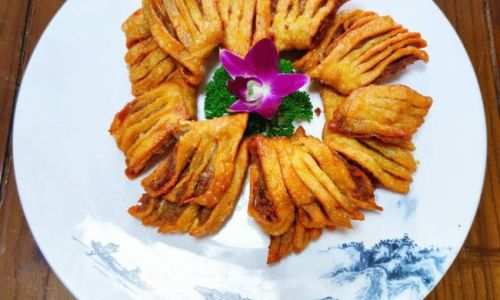
A Glimpse into Chenggu’s Culinary Soul
Chenggu’s cuisine reflects its agricultural abundance and cultural exchanges over centuries. The county’s location along the ancient Silk Road facilitated a blend of flavors from neighboring regions, resulting in dishes that are both hearty and refined. Buddha’s Hand Meat emerged as a festive staple, often served during weddings, Lunar New Year celebrations, and harvest festivals. Its name symbolizes prosperity and good fortune, aligning with the Buddha’s hand citron’s association with happiness and longevity in Buddhist iconography.
The Ingredients: A Symphony of Flavors
Crafting authentic Chenggu Buddha’s Hand Meat begins with selecting the finest ingredients. Each component plays a pivotal role in achieving the dish’s signature balance of sweet, savory, and umami notes.
- Pork Belly (750 grams): Opt for a layered cut with equal parts fat and lean meat. The fat renders during cooking, creating a velvety texture, while the lean meat absorbs the braising liquid’s complexity.
- Dark Soy Sauce (3 tablespoons): Adds depth and a lustrous caramel hue.
- Light Soy Sauce (2 tablespoons): Contributes saltiness and a subtle fermented tang.
- Rock Sugar (20 grams): Imparts a mellow sweetness without cloying, crucial for balancing the soy sauces.
- Shaoxing Wine (50ml): A rice wine that tenderizes the meat and introduces a nutty, floral aroma.
- Fresh Ginger (30 grams, sliced): Tempers the pork’s richness with its peppery warmth.
- Garlic (8 cloves, crushed): Enhances the savory base with its pungent sweetness.
- Star Anise (2 pods), Cinnamon Stick (1 inch), Sichuan Peppercorns (1 teaspoon): A trio of spices that infuse the dish with warmth and complexity.
- Dried Chilies (2-3, optional): For a hint of heat, adjustable to taste.
- Green Onions (3 stalks, tied into knots): Release their grassy fragrance during braising.
- Water or Unsalted Chicken Stock (500ml): The braising liquid that transforms simple ingredients into a silken sauce.
The Preparation: Precision Meets Patience
The journey to perfect Buddha’s Hand Meat begins with meticulous preparation, ensuring each ingredient harmonizes during cooking.
Scoring the Pork Belly
Lay the pork belly skin-side down on a cutting board. Using a sharp knife, score the meat in a diamond pattern, cutting about ¼ inch deep. This technique allows the braising liquid to penetrate the flesh while preventing the skin from curling during cooking.
Blanching the Meat
Submerge the pork belly in a pot of boiling water for 3-4 minutes. This step removes impurities and tightens the meat, ensuring a cleaner flavor. Drain and pat dry with paper towels.
Searing for Complexity
Heat 2 tablespoons of vegetable oil in a heavy-bottomed Dutch oven over medium heat. Sear the pork belly, skin-side down, until golden brown (4-5 minutes). Flip and sear the other side to lock in juices. Transfer the meat to a plate, reserving the rendered fat in the pot.
The Braising Process: Transforming Simplicity into Grandeur
Braising is the heart of this dish, a slow-cooking method that mellows flavors and tenderizes the meat to a melt-in-the-mouth consistency.
Building the Aromatic Base
In the same Dutch oven, sauté the ginger, garlic, star anise, cinnamon, Sichuan peppercorns, and dried chilies (if using) in the reserved pork fat until fragrant (1-2 minutes). Add the rock sugar and stir until it melts into a caramel-colored syrup.
Deglazing with Shaoxing Wine
Pour the Shaoxing wine into the pot, scraping the bottom to release any caramelized bits. Let the alcohol evaporate for 1 minute, allowing the wine to meld with the spices.
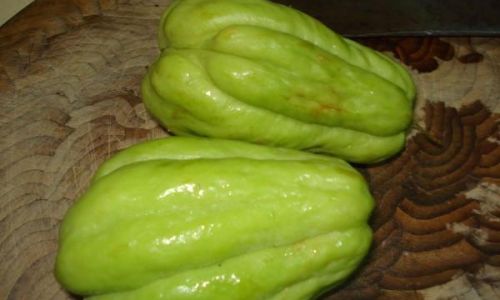
Simmering in Soy Sauce Elixir
Return the pork belly to the pot, skin-side up. Add the dark and light soy sauces, green onions, and enough water or stock to submerge the meat halfway. Bring the liquid to a gentle simmer, then reduce the heat to low. Cover and braise for 1.5–2 hours, occasionally basting the meat with the sauce to ensure even coloring.
The Final Flourish: Glazing and Presentation
As the meat nears tenderness, remove the lid and increase the heat to medium-high. This final step reduces the sauce to a glossy glaze that clings to the pork.
Reducing the Sauce
Spoon off excess fat from the surface. Continue simmering, spooning the sauce over the meat every 5 minutes, until the liquid thickens and the pork belly glistens (15-20 minutes).
Shaping Like a Buddha’s Hand
Traditionally, the pork belly is carved into thin slices, arranged in overlapping layers, and shaped to mimic the fingers of a Buddha’s hand citron. This artistic presentation pays homage to the dish’s name and elevates it into a centerpiece.
Serving Suggestions: A Feast for the Senses
Chenggu Buddha’s Hand Meat is a versatile dish that pairs beautifully with steamed jasmine rice, hand-pulled noodles, or freshly baked mantou (Chinese steamed buns). For a complete meal, serve it alongside stir-fried greens (such as bok choy or gai lan) and a bowl of tangy pickled vegetables to cut through the richness.
Cultural Significance: More Than Just a Meal
Beyond its culinary appeal, Buddha’s Hand Meat embodies Chenggu’s agricultural ethos and communal spirit. The dish’s labor-intensive preparation—requiring hours of stovetop vigilance—reflects the value placed on nurturing relationships through shared meals. During festivals, families gather to cook massive batches, with each member contributing to the process, from scoring the meat to arranging the final presentation.
Modern Adaptations: Balancing Tradition and Innovation
While purists adhere to the classic recipe, contemporary chefs have experimented with variations. Some incorporate fermented black beans for added umami, while others substitute pork belly with duck breast or tofu for lighter alternatives. However, aficionados argue that deviating from the original formula risks diluting the dish’s soul.
Conclusion: A Taste of Timelessness
Chenggu Buddha’s Hand Meat is a testament to the power of simplicity elevated by intention. Each step—from scoring the pork to reducing the sauce—demands patience, yet the reward is a dish that transcends mere sustenance. Whether enjoyed during a festive banquet or a quiet family dinner, it invites diners to savor not just the flavors but the centuries of tradition woven into every bite. As culinary trends evolve, this timeless classic remains a beacon of Shaanxi’s gastronomic identity, proving that some recipes are worth preserving, one meticulous step at a time.

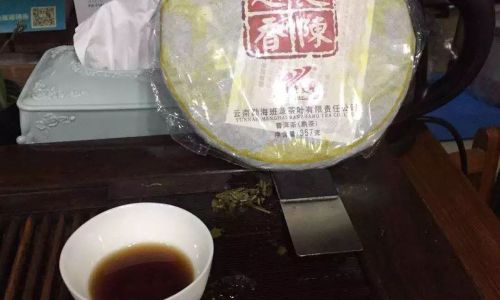
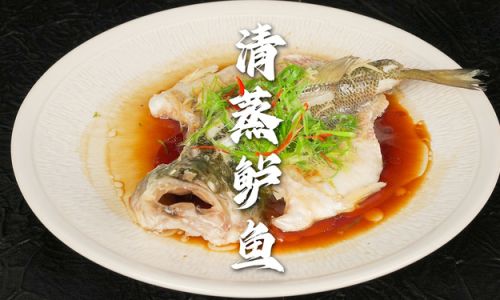
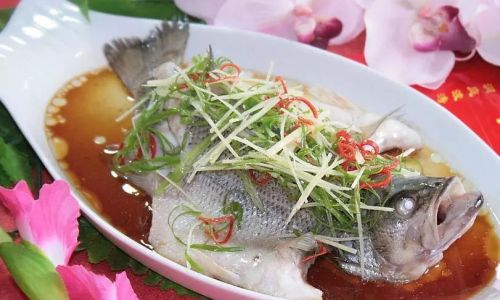
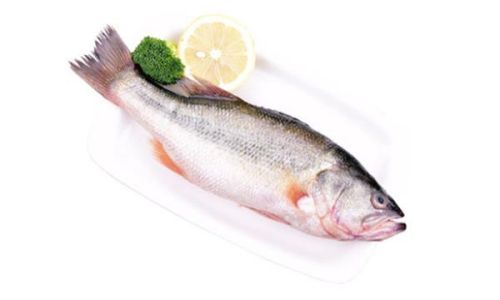
0 comments